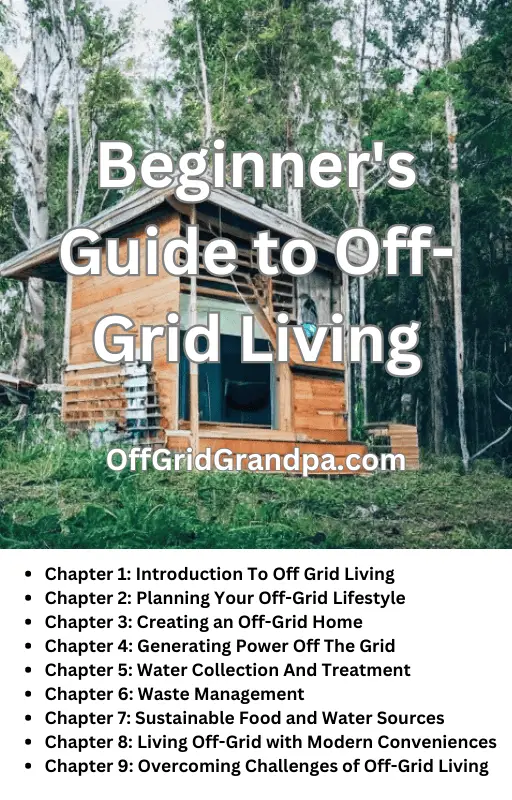Minnesota Homestead Rules: these words might sound like legal jargon, but in reality, they hold the key to substantial property tax relief for homeowners in the state. If you’re a Minnesota resident, navigating the complexities of these rules can seem daunting, but fear not! In this article, we’ll break down the essential aspects of Minnesota Homestead Rules, offering you a comprehensive guide in a conversational tone that’s easy to grasp.
Qualifications: Who Can Benefit?
Let’s start with the basics: who qualifies for the Minnesota Homestead Rules? Well, it’s not as complicated as you might think. To be eligible, you must own and occupy your property as your primary residence. This means that the home you live in most of the time is your homestead. It could be a house, townhouse, condominium, manufactured home, or even a qualifying manufactured home park.
Now, owning the property is one thing, but it also must be your primary residence. This means you live there year-round, and it’s not a vacation home or an investment property. If you meet these criteria, congratulations! You’re on the right track to potentially lower property taxes and other financial benefits.
How to Apply
So, you meet the qualifications. What’s the next step? Applying for the homestead classification is the key. Fortunately, the process is designed to be accessible. To apply, you need to complete and submit the Homestead Application form to your county assessor’s office. This form is readily available online or in person at your local county government office.
Filling out the application might seem daunting at first, but take your time, gather all necessary documents, and follow the instructions provided. Accuracy is crucial to ensure your application is processed smoothly.
Applications and Forms
Let’s delve deeper into the paperwork involved. Various forms are associated with Minnesota Homestead Rules, each serving a specific purpose. Understanding these forms can make your journey much smoother.
- Homestead Application Form (MHC-31): This is the primary form you’ll need to fill out. It asks for basic information about your property, residency status, and other relevant details. Double-check all the entries to avoid any discrepancies.
- Homestead Status Report Form (MHC-52): This form is essential if your property’s status changes. For instance, if you no longer qualify for homestead classification or if you move to a new primary residence, you need to inform the authorities using this form.
- Homestead Disqualification Form (MHC-32): In unfortunate situations where you no longer qualify for homestead classification, this form outlines the process of notifying the county assessor’s office about the change.
Understanding the purpose of each form is vital to ensure your compliance with Minnesota Homestead Rules.
Change of Primary Residence
Life is unpredictable, and circumstances change. If you’re contemplating a move within Minnesota and wondering how it impacts your homestead classification, here’s what you need to know.
If you’re moving to a new primary residence, you must inform your old county assessor and apply for homestead classification on your new property. Remember, your homestead status doesn’t automatically transfer with you; you need to take proactive steps to update your information. Failing to do so might result in loss of benefits or, in some cases, legal complications.
Homestead Credit Property Tax Refund
One of the significant benefits of Minnesota Homestead Rules is the Homestead Credit Property Tax Refund. This refund is designed to provide financial relief to qualifying homeowners, especially those with limited income.
To qualify for this refund, you must meet certain income requirements and have property taxes above a certain threshold concerning your income. The amount of refund you receive depends on your income, property taxes, and the size of your household. It’s essential to keep track of your income and property tax payments, as these factors play a crucial role in determining your eligibility.
Manufactured Homes Homestead Classification
Manufactured homes are a popular housing choice, and Minnesota Homestead Rules have specific provisions for these residences. If you own a manufactured home and want to apply for homestead classification, there are a few extra considerations to keep in mind.
Firstly, your manufactured home must be on a parcel of land you own or on a rented lot in a qualifying manufactured home park. Secondly, you need to provide proof of ownership and residency. This could include documents such as a Certificate of Title, lease agreements, or utility bills in your name. Ensuring you have all the necessary paperwork will streamline the application process for manufactured homes.
Homestead Abatements
Homestead abatements are additional perks offered under Minnesota Homestead Rules. These abatements can lead to a reduction in the taxable value of your property, resulting in lower property taxes. While the specifics of abatements can vary from county to county, they generally aim to support homeowners who need financial assistance.
To determine if you qualify for homestead abatements, you should contact your county assessor’s office or visit their website. They can provide you with detailed information about the application process, eligibility criteria, and the documents you need to submit. Remember, staying informed is the key to unlocking all the financial benefits available to you.
Homestead Rules
In summary, Minnesota Homestead Rules offer substantial benefits to homeowners who meet the necessary criteria. By understanding the qualifications, application process, relevant forms, and special considerations for manufactured homes, you can navigate this system with confidence.
Remember, applying for homestead classification and related benefits requires attention to detail, accuracy, and timely communication with your county assessor’s office. By staying informed and following the guidelines provided, you can make the most of the Minnesota Homestead Rules, ensuring a more affordable and secure future for you and your family.
